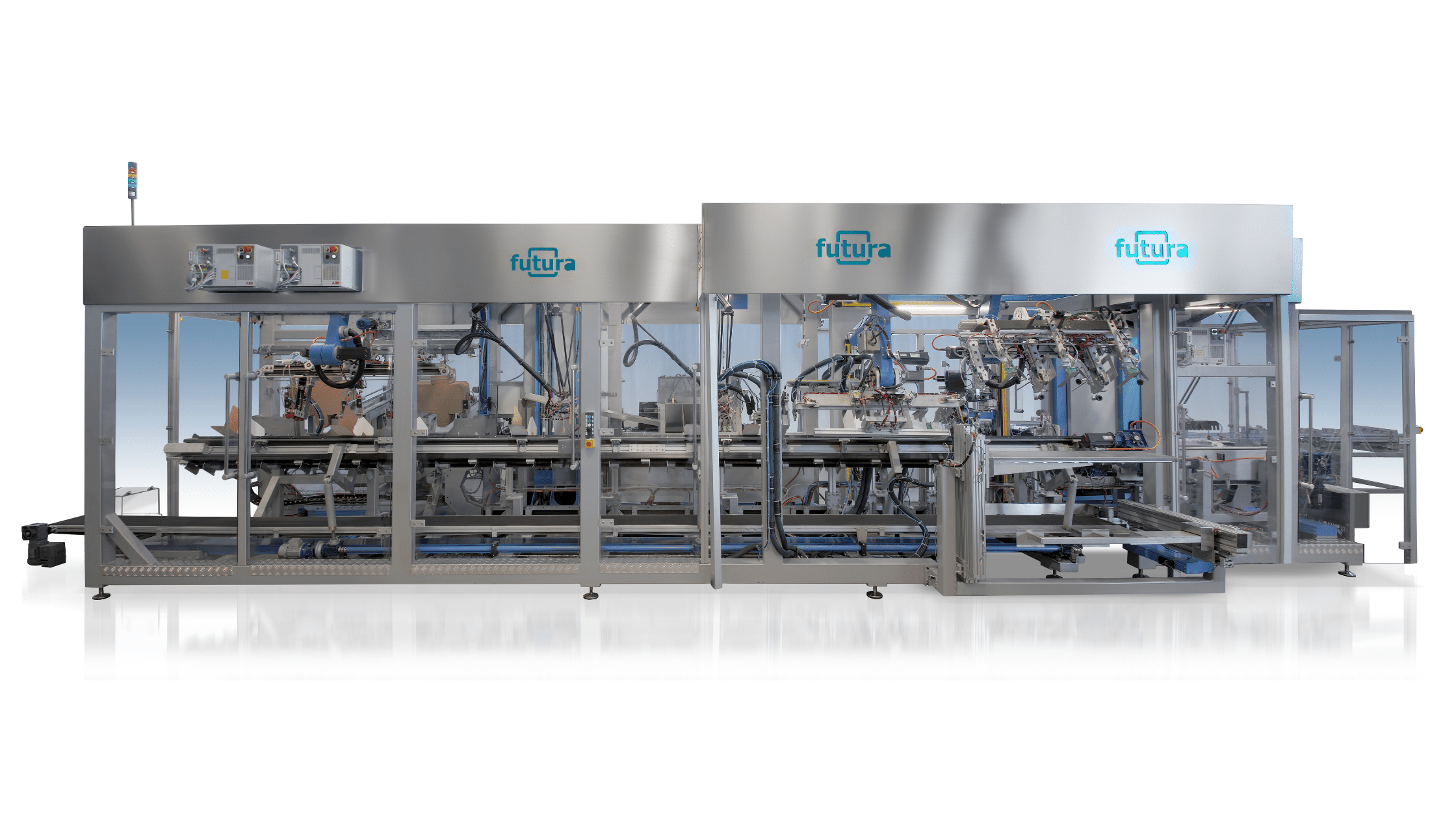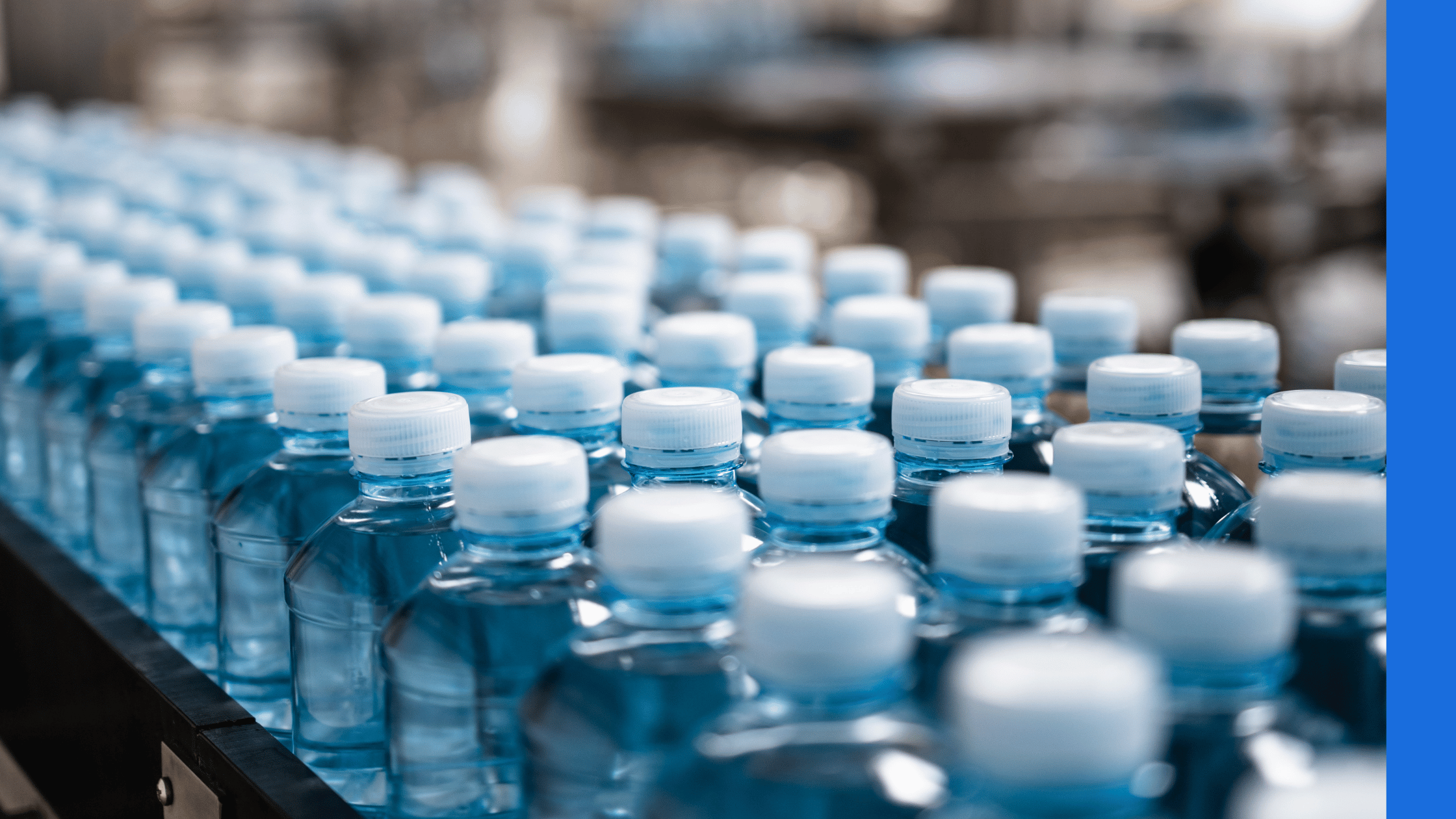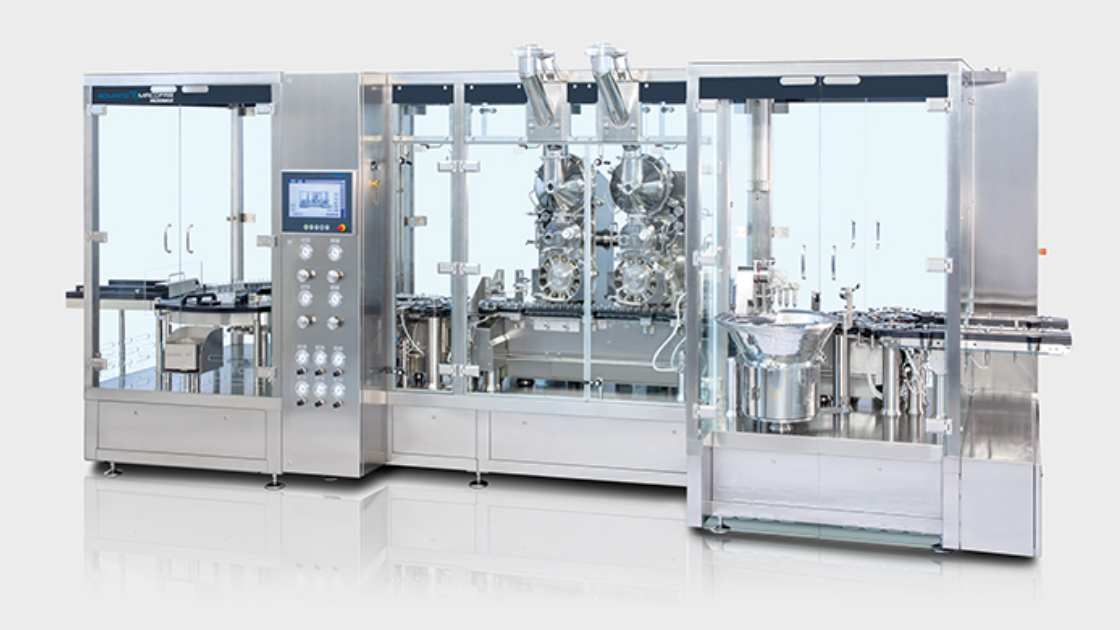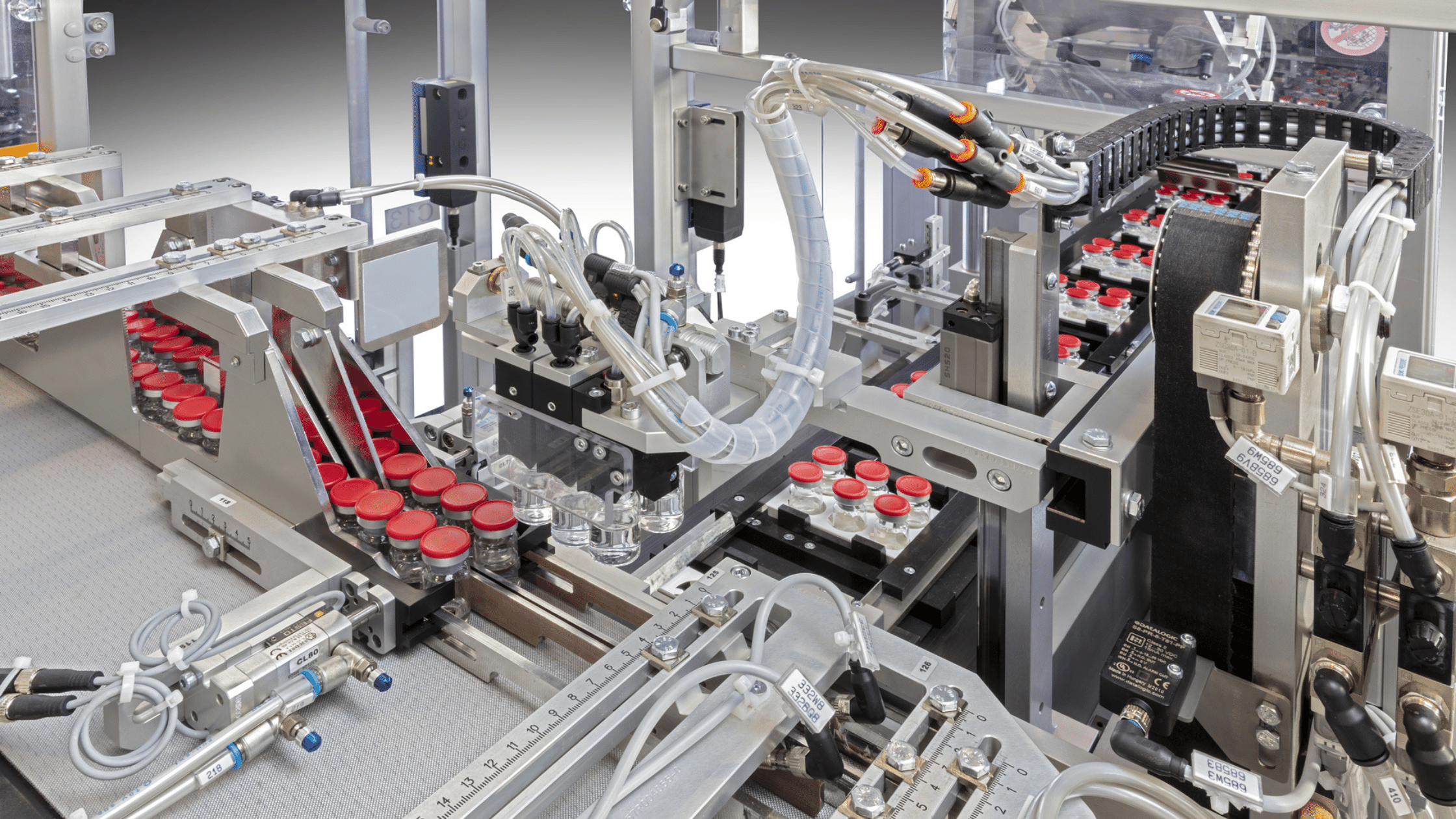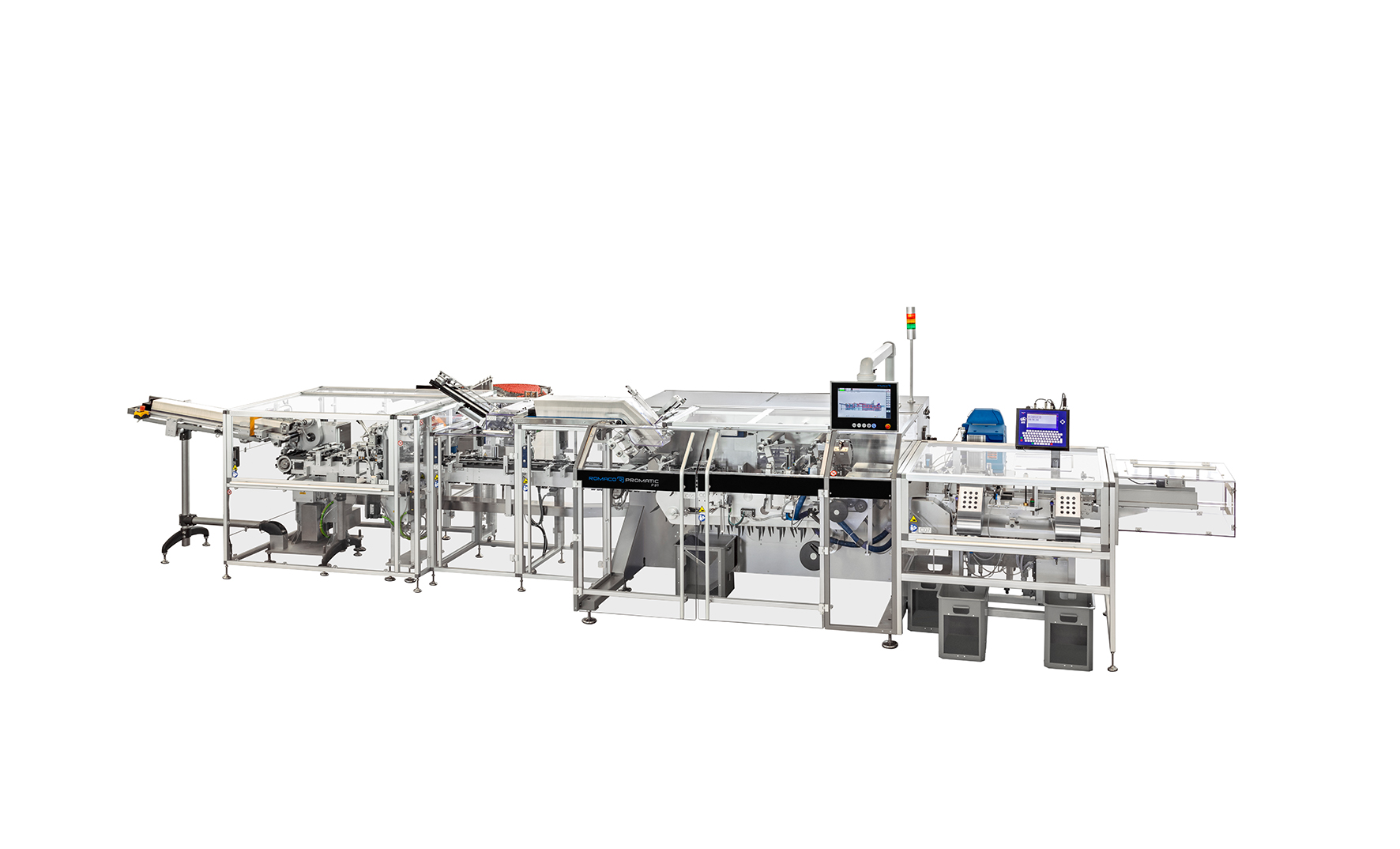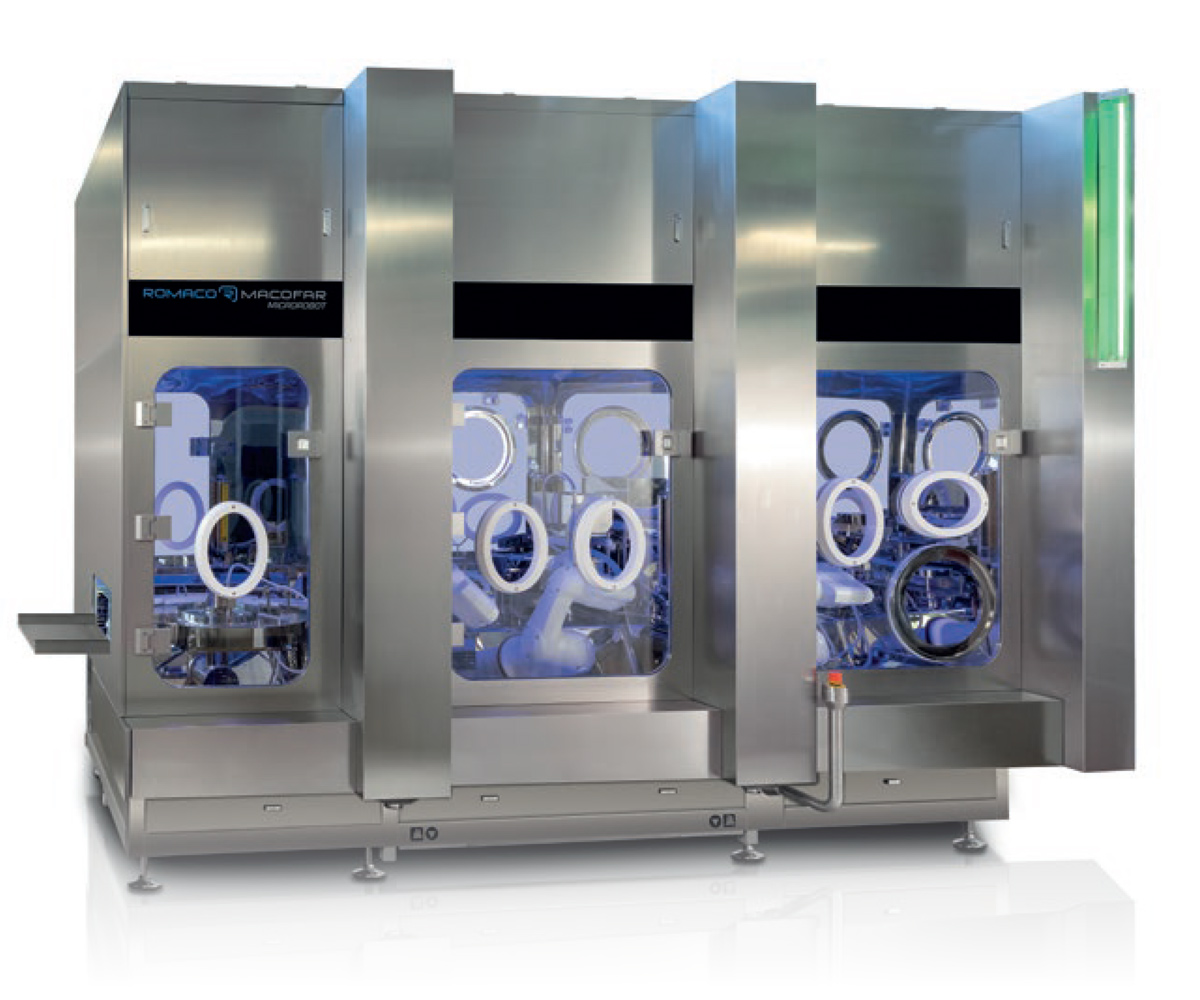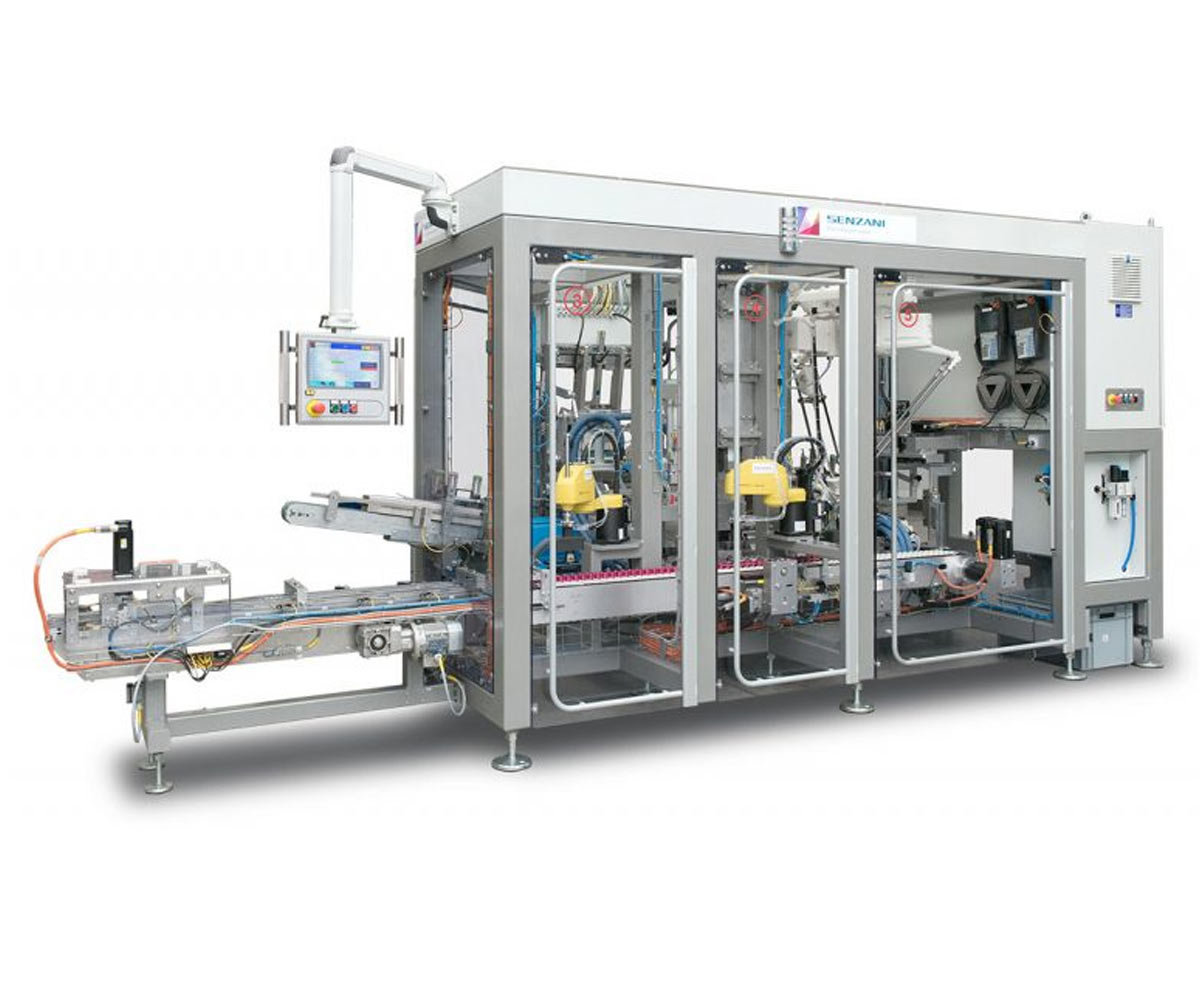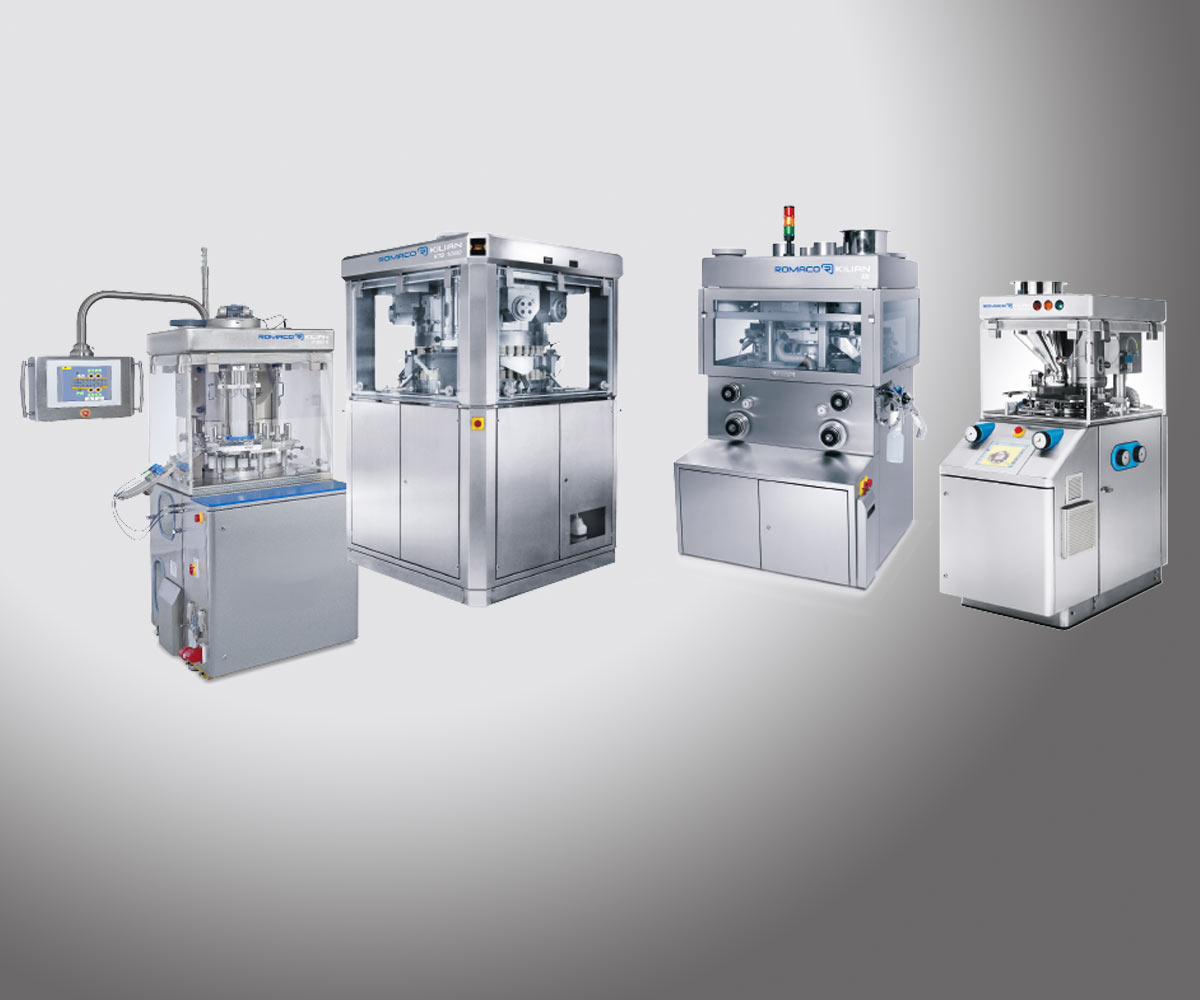The role of automation in cosmetic production
Automation has a role to play in every stage of cosmetic production, but its benefits are most noticeably felt at the end of the process in packing. A problem at this stage can cause the rest of the line to slow down and reduce output, so it's vital it runs efficiently.
Three options for capping systems
Bottle capping is the process of securing a lid or cap onto a bottle. There are three main categories of bottle capping systems in manufacturing: manual, semi-automatic and automatic.
Take advantage of the super-deduction incentive on automation
Until March 2023, the UK government is offering 130% capital tax allowance deduction on qualifying first-year plant and machinery purchases. What does this mean in practice?
Why your blister packaging has to change when switching to automation
We understand that with pharmaceuticals, every element needs to go through a licensing procedure. However, there are some changes that blister packaging has to undergo when making the switch from manual to automation.
How packing automation improves a production line
Automating the packing element of manufacturing is a step that benefits the entire production process, including improvements in speed, quality control and uptime.
Romaco Promatic P 91 multi-vial vaccine line – Standardisation speeds up delivery times
Romaco Promatic P 91 multi-vial vaccine line - Standardisation speeds up delivery times Since the global vaccination campaign against Covid-19 started, there has been a massive demand for vaccine processing technologies. In addition to performance, quality and safety, rapid machine availability is currently a key concern. In response to this need, Romaco developed standardised solutions such as the Promatic P 91 multi-vial vaccine line for secondary vaccine packaging – which reduces delivery times from order entry to FAT to just three months. The GMP-compliant Promatic P 91 line is specially designed for the packaging of 2R, 6R and 10R vials. It can produce packs of 6, 10, 20 or 40 with a maximum output of 40 packs per minute. Here, servo motors and electronic cams guarantee safe handling when packing the glass vials. Toothed belts are used instead of chains for low-vibration running and to keep the maintenance costs for the vaccine line to a minimum. The HMI is additionally configured with various functions to speed up and visualise troubleshooting and fault clearance. Several monitoring systems simultaneously permit optimal process control. Furthermore, the balcony architecture and ergonomic layout of the machine ensure that it is readily accessible and visible, simplifying format changes and eliminating the risk of cross-contamination. Transport via vacuum On the intermittent motion cartoner, the vials are first placed in so-called cardboard “ecotrays” and then packed in cartons together with a booklet. To transfer the vials and to open the ecotrays and cartons the Promatic P 91 uses…
Robotic Microdosing Is Delivered For Pharma
Romaco Macofar’s MicroRobot 50 is a robotic microdosing machine that is specially designed for filling potent and cytostatic medicines which are often used for treating cancer and auto-immune diseases. The technology is particularly suited for dosing sticky or hygroscopic pharmaceutical powders with irregular shapes. During the production process, three anthropomorphic robots transport the vials under an isolator to the dosing, stoppering, and capping stations. Since the robots work independently of specific formats, the product change times are significantly shorter. The servo-driven transfer system generally reduces the concentration of particles in critical areas and with it the risk of contamination. And thanks to the clearly structured system concept, the MicroRobot 50 is readily accessible and easy to clean as the robotic grippers can be equipped with cleaning guns in order to validate the cleaning processes. The Macofar MicroRobot 50 achieves a maximum output of 50 vials per minute including one-hundred-percent in-process weight control, in other words each vial is individually weighed both before and after filling. If necessary, the filling volume is adjusted automatically. Numerous control systems ensure a reliable process and a very low waste rate with high-priced medicines. For instance, if a stopper is missing. The filled vial is fed back to the station in question, where the process is repeated. This same process also applies to missing caps. This ultra-compact machines is less than four metres long.
In the Spotlight: Advanced Packaging Technologies from Senzani
If you have an unusual or challenging packaging problem, it’s likely that Senzani can come up with a solution. For over 60 years Senzani has been manufacturing packaging machinery. They are market leaders in primary and secondary packaging, from end of line solutions to palletising. They are innovators and pride themselves on their R&D capabilities […]
Romaco leverages pharmaceutical expertise for non-pharma applications
Romaco Group is a leading global manufacturer of packaging and processing technology. They specialise in developing intelligent system solutions for the pharmaceutical industry. However, with a portfolio that includes granulating and coating machines, tablet presses and liquid and powder filling machines, it’s clear to see that the food and industrial applications extend far and wide. […]

